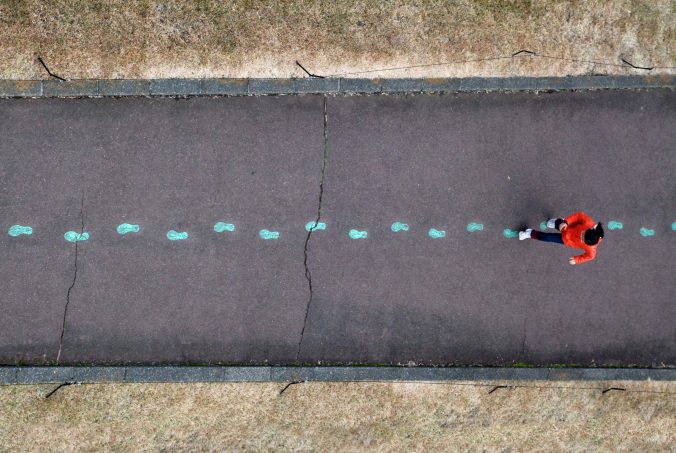I was thinking about my own experience (as a student) and one of the toughest learning experiences I can remember is learning how to write an academic essay in English. As an international, I had problems dealing with structure, tone and presenting my thoughts in a neat manner. But it was much more than grammar — it was a whole new way of thinking. It made this struggle very evident to me that a lot of deep learning is in fact unlearning old habits – much like demonstrated in the “Backwards Bicycle” video. I had to reprogram my brain to write and think not in the linear, argument-driven form.
When I look back at the learning theories, I can now see how they would handle the challenge differently. A behaviorist would have zeroed in on drills and feedback — perhaps providing me with a battery of exercises on thesis statements and grammar, with the correct patterns reinforced while the wrong patterns punished. A cognitivist would also have instructed me in the mental work necessary to link new strategies to the knowledge I already had as a writer, taught me to sketch outlines and to individuate essay knowledge. A constructivist would have wanted me to write in real contexts, perhaps blog posts or reflections, learning on the job through iteration.
For me, I’d say a combination of cognitivist and constructivist approaches suit me best. I employed outlines, graphic organizers and mind maps (cognitive tools) but I also drew upon confidence and motivation that I obtained when I posted real blog entries and received peer feedback (constructivist strategies). These techniques linked what I already had with what I needed to achieve, and allowed me to work out and grow.
This is reminding me how critical motivation is. I had this very strong desire to get better at writing because I wanted to do well in college and be able to articulate what I was trying to say. That mission sustained me, even when progress seemed slow.
Every theory gives useful resources in certain situations. As a budding learning designer, I look forward to incorporating a mix of these strategies depending on the learners needs – much like I needed different strategies at different stages in my learning journey.


Recent Comments